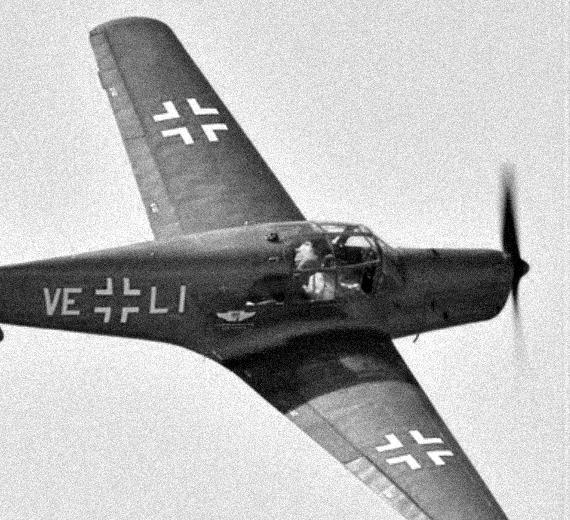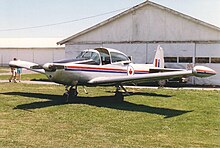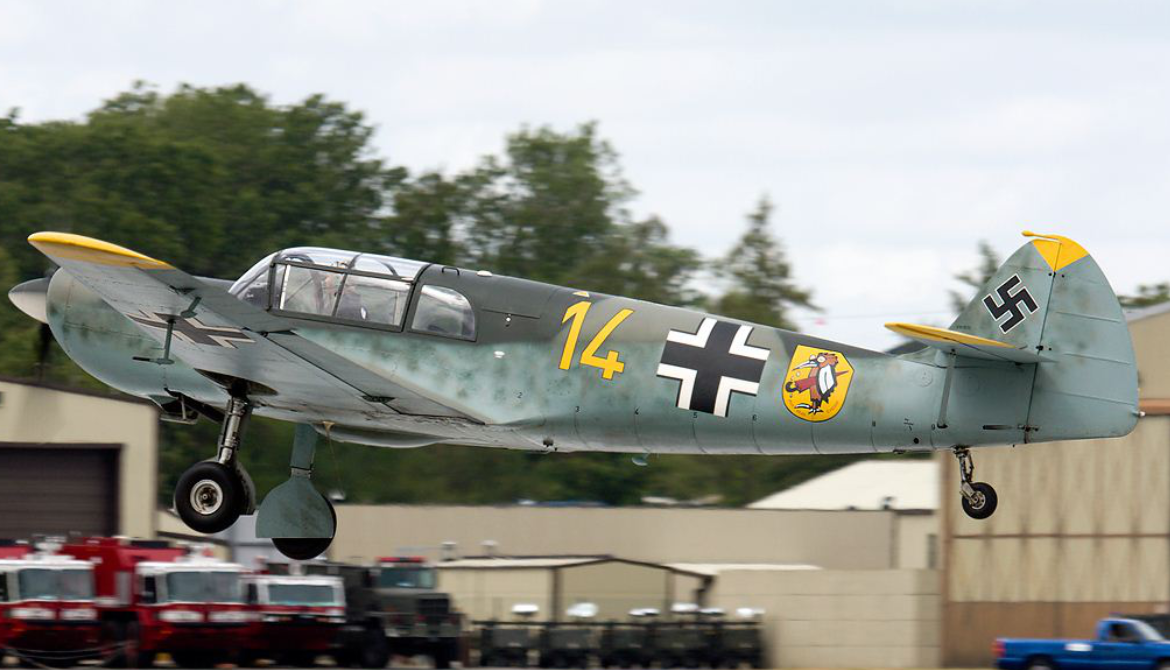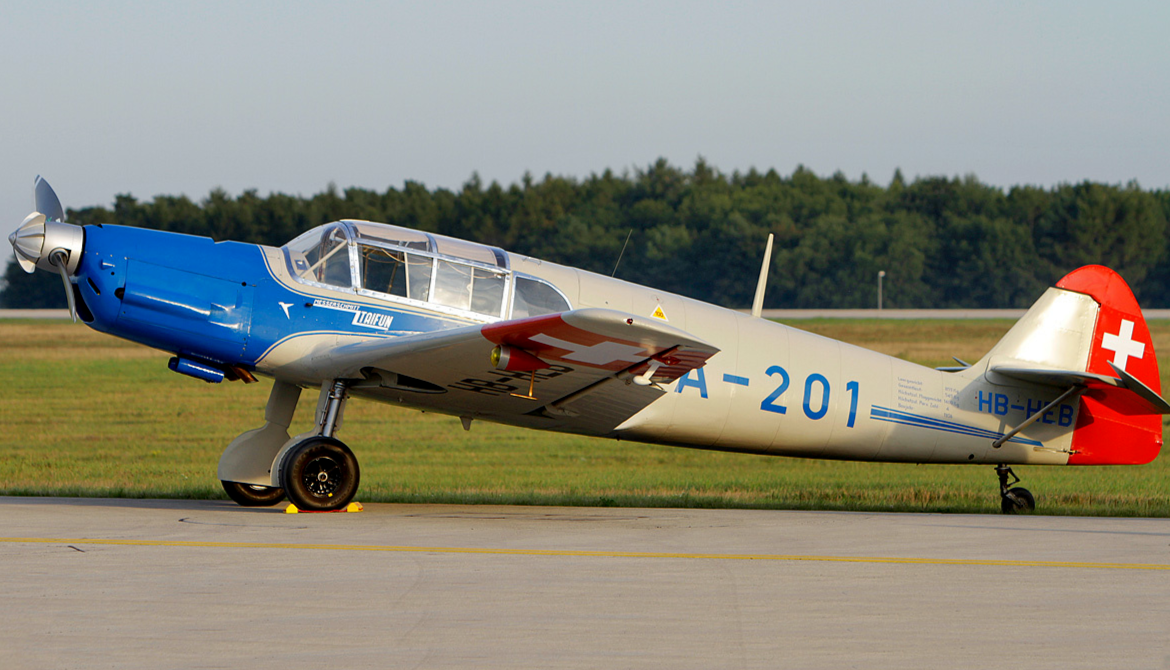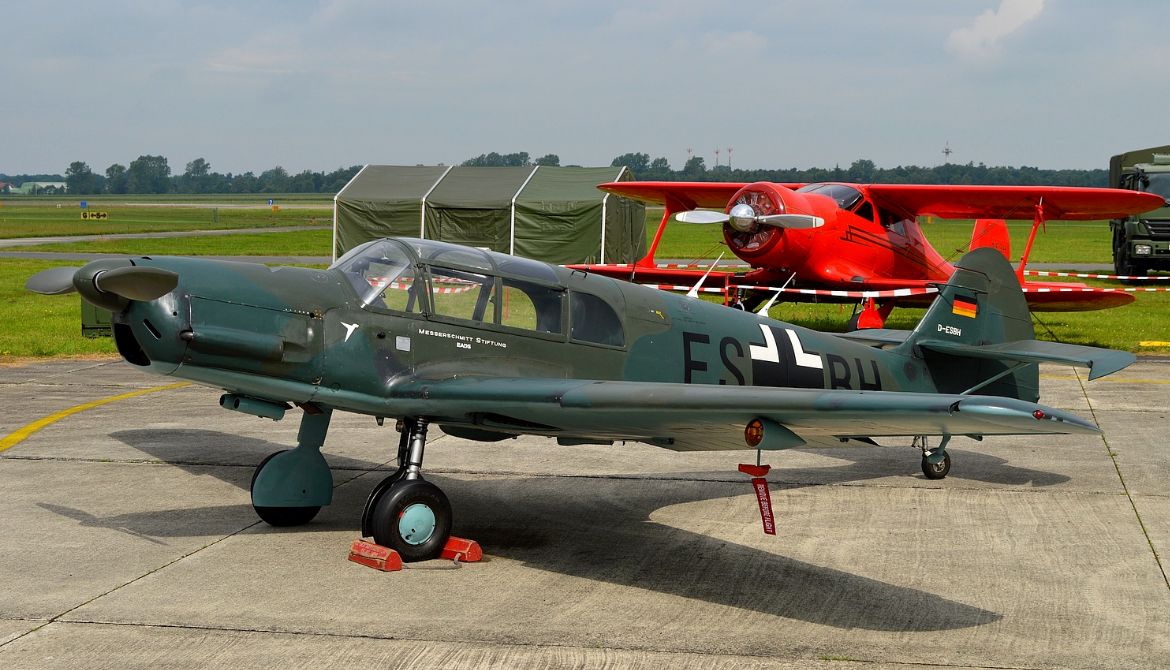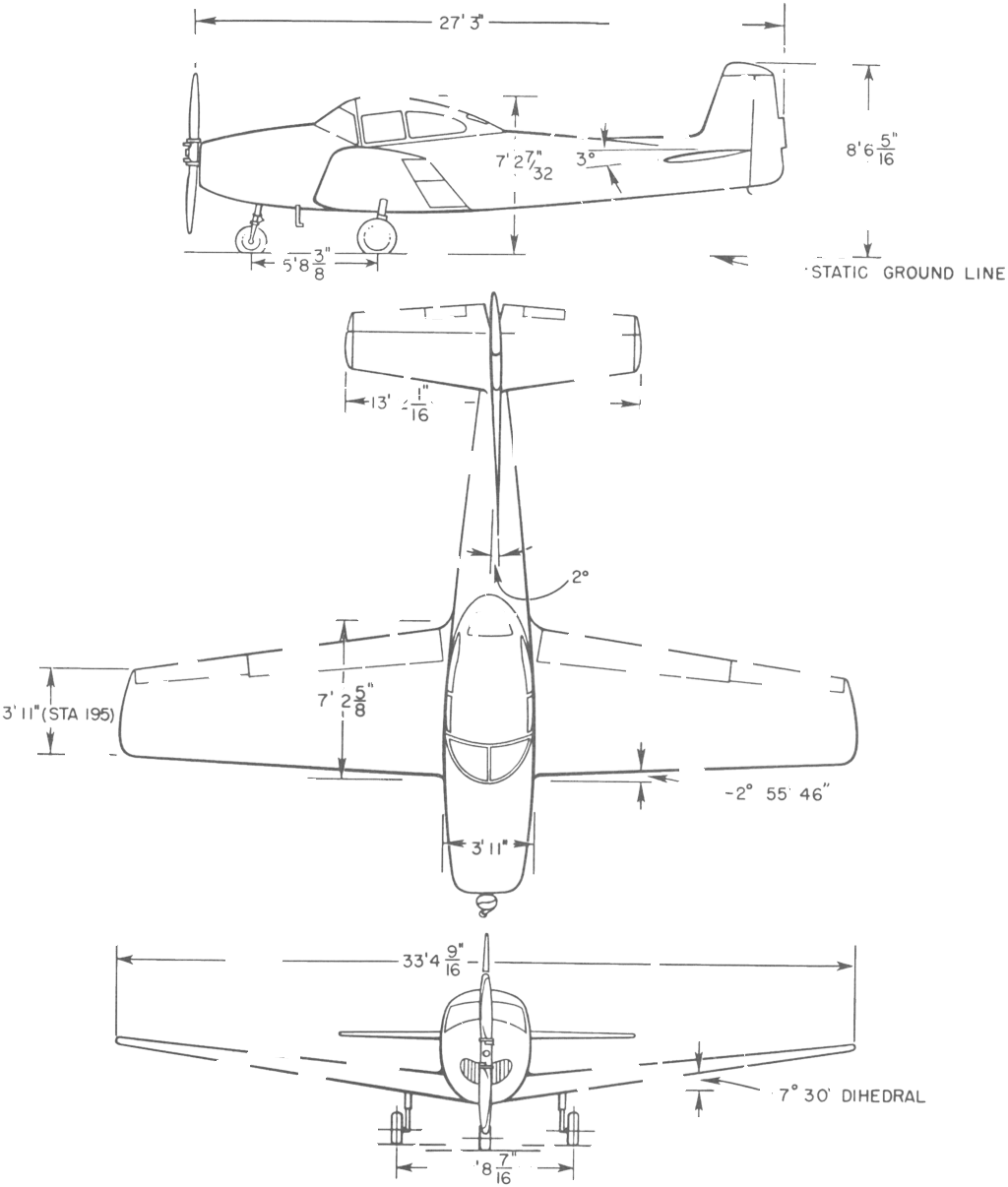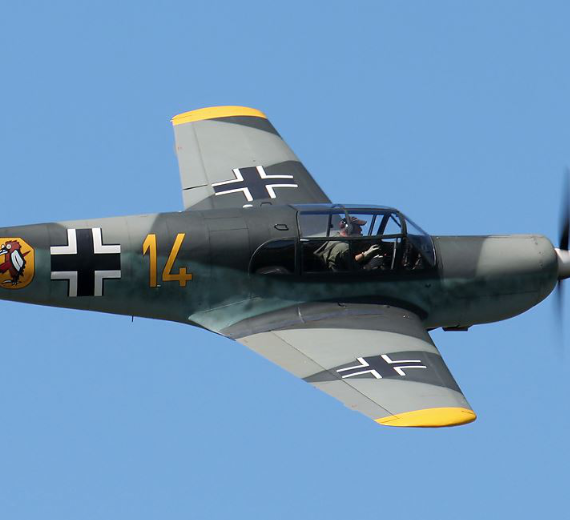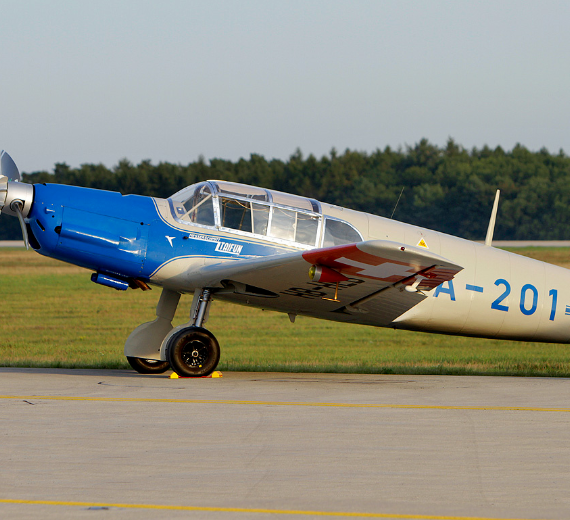Republic Aviation
Ryan 260 Navion
 |
|
| Portland International Jetport, 2004. | |
| Role | Light fixed-wing aircraft |
|---|---|
| Manufacturer | North American Aviation Ryan Aeronautical Tusco Corp. |
| Introduction | 1948 |
| Status | Active |
| Primary users | United States Air Force United States Army Uruguayan Air Force |
| Number built | 2,634[1] |
| Variants | Camair Twin Navion Temco D-16 |
.
History Republic Aviation Corporation.
Republic P-47 Thunderbold "Jug"

The Ryan (originally North American) Navion is a single-engine, unpressurized, retractable gear, four-seat aircraft originally designed and built by North American Aviation in the 1940s. It was later built by Ryan Aeronautical Company and the Tubular Steel Corporation (TUSCO). The Navion was envisioned as an aircraft that would perfectly match the expected postwar boom in civilian aviation. It was designed along the general lines of, and by the same company which produced the North American P-51 Mustang
Design and development
The Navion was originally designed at the end of World War II by North American Aviation as the NA-143 (but produced under the NA-145 designation). North American built 1,109 Navions in 1946–47, initially selling them at a below cost US$3,995, which later increased to $6,100, although the actual cost of construction was $9,000. These included 83 L-17As for the US Army and National Guard.[6]
Ryan Aeronautical Company acquired the design in the summer of 1947, launching production at its San Diego factory in 1948. Ryan built 1,240 Navions (powered by 205 hp (153 kW) Continental O-470 engines or 250 hp (190 kW) Lycoming O-435 engines), including 163 aircraft for the US armed forces, before production ended in 1951, with Ryan wanting to concentrate on defense production.
Development

Navion with canopy opened Ryan Navion at Delta Air Park 1988 P-47 firing its M2 machine guns during night gunnery By the end of 1942, P-47Cs were sent to England for combat operations. The initial Thunderbolt flyers, 56th Fighter Group, were sent overseas to join the 8th Air Force. As the P-47 Thunderbolt worked up to operational status, it gained a nickname: "Jug" (because its profile was similar to that of a common milk jug of the time).Two fighter groups already stationed in England began introducing the Jugs in January 1943 - the Spitfire-flying 4th Fighter Group, a unit built around a core of experienced American pilots who had flown in the RAF Eagle Squadrons prior to the US entry in the war; and the 78th Fighter Group, formerly flying P-38 Lightnings. P-47 pilot Lt Col Francis S. "Gabby" Gabreski, 56th Fighter Group, leading ace of the 8th Air Force Beginning in January 1943, Thunderbolt fighters were sent to the joint Army Air Forces – civilian Millville Airport in Millville, New Jersey, to train civilian and military pilots.ation XP-47.
0
KmCeiling
0
KmCombat RANGE
0
Km/hAircraft Speed
0
Max Crew
Photo Gallery
Republic Aviation Corporation.
Republic P-47 Thunderbold "JUG"


Republic Aviation Corporation. Originally known as the Seversky Aircraft Company
P-47 Thunderbold "The Jug"
General Info
-
-
- Crew: 1
- Capacity: 3 passengers
- Length: 27 ft 6 in (8.38 m)
- Wingspan: 33 ft 5 in (10.19 m)
- Height: 8 ft 8 in (2.64 m)
- Wing area: 184 sq ft (17.1 m2)
-
Powerplant
-
-
- Empty weight: (875 kg)
- Gross weight: (1,293 kg)
- Fuel capacity: 150 L)
- Powerplant: 1 × Lycoming GO-435-C2 air-cooled flat-six engine, 260 hp (190 kW) (take-off power)
-
Performance
- Maximum speed: (280 km/h,
- Cruise speed: 170 mph (270 km/h,
- Range: 595 mi (958 km, 517 nmi)
- Service ceiling: (5,500 m)
- Rate of climb: 1,250 ft/min (6.4 m/s)
- Take-off run: 400 ft (120 m)
- Landing run: 468 ft (143 m)
Armament
-
- Beechcraft Bonanza
- Messerschmitt Bf 108 / Nord 1000 Pingouin
- Meyers 200
- Mooney M20
- Orlican L-40 Meta Sokol
- Piaggio P.149
.
Links to Youtube & Others
The P-47 proved to be a formidable fighter-bomber due to its good armament, heavy bomb load, and ability to survive enemy fire. The P-47's survivability was due in part to its radial piston engine, which unlike comparable liquid-cooled engines, had a high tolerance for damage.
Republic Aviation
P-47 Thunderbold
Other positive attributes included the P-47's ruggedness; its radial piston engine had a high tolerance for damage compared to liquid-cooled engines,
Youtube Link
In the Pacific, Colonel Neel E. Kearby of the Fifth Air Force claimed 22 Japanese aircraft and was awarded the Medal of Honor
